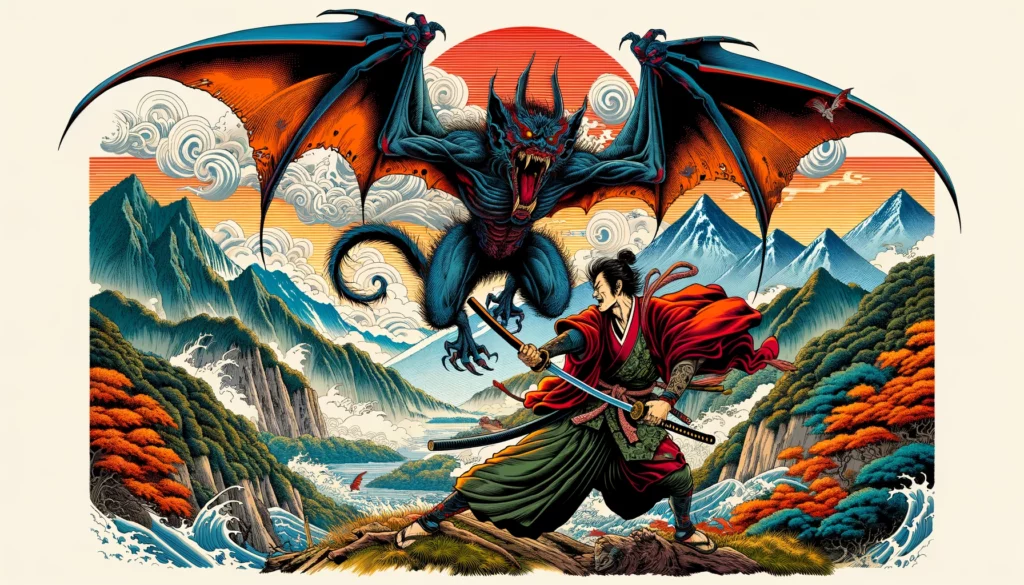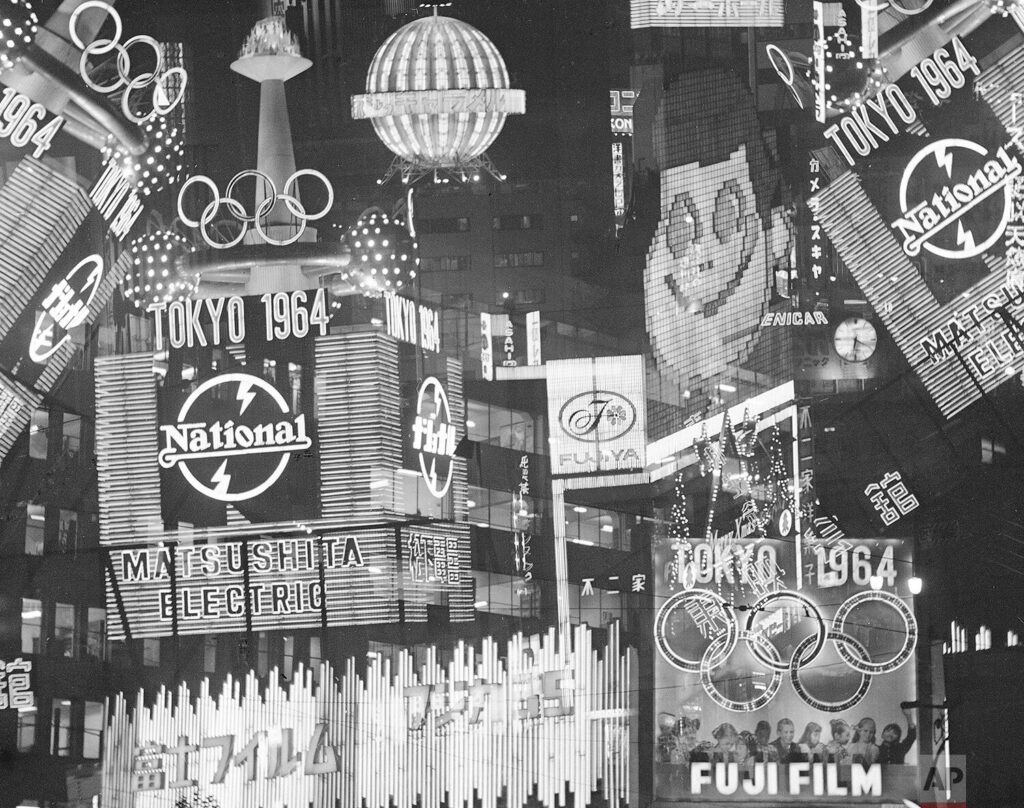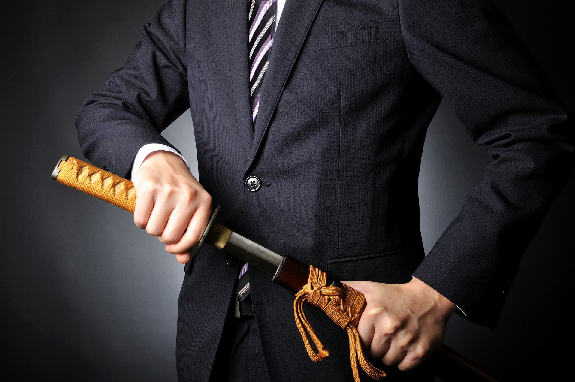

An introduction
The 1964 Tokyo Olympics showed the world the new face of post-war Japan. Just a little less than twenty years earlier the country had been devastated by two atomic bombs and the city of Tokyo was razed to the ground by American bombings. Two decades later Japan reappeared on the international stage as a pacified and reconstructed country. The image of an economy based solely on producing low-priced, low-quality consumer goods was also about to change definitively. Shortly after that, Japan would become the second largest economic power in the world, at least apparently, pursuing the United States. This aroused a mixture of curiosity, fear, and admiration in especially North American political and economic circles1.


Starting from the 70s of the last century, Western analysts began to question themselves on the post-war Japanese economic miracle and began to analyze more deeply the peculiarities of Japanese society, but through the lenses of certain orientalism in a hard-to-die way, and whose echo still makes itself felt today. Some studies were published on the reasons for the success, above all, of the Japanese automotive industry2, but what caught the attention of the public were the statements of some managers, especially from the United States, who identified the reasons for the achievements of the Japanese management in reading some oriental strategy books, especially Sun Tzu’s “The Art of War” and Miyamoto Musashi’s “The Book of Five Rings”. According to these Western businessmen, these books were inseparable companions of their Japanese counterparts.
“I have some advice for American businessmen who are trying to figure out why the Japanese excel in business. Buy and study a copy of Musashi’s Book of Five Rings.” George Lois


It is practically impossible to write about Japan and martial arts in particular without coming across the figure of Miyamoto Musashi, the Japanese folk hero par excellence. His figure became immensely popular after the release of the novel written by the novelist Eiji Yoshikawa3 in the 1930s, which was followed by countless film, theater, and television adaptations. Musashi was not only a great swordsman, (he was declared a kensei 剣聖, a sword saint), but he was also an all-round artist, he was a sculptor, calligraphist, and writer (in the West we could say that Musashi was an authentic Renaissance man). Since its first English translation dating back to the 1970s, his “The Book of Five Rings” has sold hundreds of thousands of copies and, of course, some authors have drawn from it a book specifically addressed to businessmen (the same fate has happened Sun Tzu’s “Art of War”4). We do not know whether or not Japanese businessmen have used the books in question to excel in their fields of expertise. According to a senior correspondent from Nihon Keizai Shimbun, it didn’t happen that way:
“[Japanese businessmen were] far too concerned with the future to be rummaging around in the past”
In any case, this theory has taken root so well that these books are being sold in large quantities today more than ever. If they are then read and put into practice we cannot know. A further step to increase the skills of businesspeople, entrepreneurs, and freelancers was to introduce meditation book practices of various kinds and martial arts book training. An aspect that is often not considered regarding the use of martial arts, in contexts other than sports or education, is that in Japan some of these disciplines, like Judo or Kendo, are an integral part of their school curriculum. Another point that we forget, or pretend not to consider, is that reading a book or taking a weekend course is not enough to have effective and lasting results. So, having said that, is it useless to approach martial arts with the labor market? Or, to put it another way, can we take the sword out of the dojo, metaphorically speaking? And if the answer is yes, how can we do it? These are not idle questions, but they must commit us to think about the effectiveness and value of the disciplines we practice and, above all, we teach.
To be continued…
- In this regard, you can read the book “Rising Sun” (1992) by Michael Crichton which exemplifies, albeit in the form of a novel, the contradictory anti-Japanese sentiments of the time.
- One of the latest studies of this kind is “Toyota Kata” (2009) by American researcher Mike Rother.
- “Musashi” Eiji Yoshikawa (1935).
- “The Book of Five Rings for Executives: Musashi’s Classic Book of Competitive Tactics” Donald G. Krause (1999); “Sun Tzu – The Art of War for Managers: 50 Strategic Rules Updated for Today’s Business” Gerald A. Michaelson (2010).
